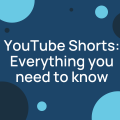The Year 2016 On Instagram For Brands
Sahail Ashraf posted on 11 January 2017
Instagram has had a good year. Even with a conservative look at things, it has ballooned in popularity and has shown ambition by introducing new features all over the place. It has also been responsible for some of the biggest social media wins for celebrities ever.
But brands also have plenty to celebrate on the platform. We’re going to take a look at what has happened on Instagram in the year 2016, and what brands can take from the platform.
Stories
This is where Instagram became Snapchat, and then suddenly metamorphosed into Snapchat’s bigger, more powerful brother.
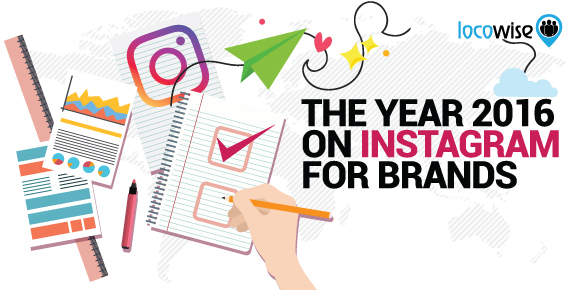
We all know Snapchat kind of pioneered the idea of video and photo content vanishing after 24 hours. But then Instagram basically stole it and made it their own in 2016.
Okay, it was essentially mimicking what Snapchat does, but what was different for brands was the potential reach that could be realised from using Stories. So this is an absolute win for brands. But things didn’t stop there, and Instagram turned up the heat on Snapchat (and pretty much every other channel) later in the year.
But more on the most recent developments later. Let’s take a look at some of the mid-year changes that had clear implications for how businesses used the platform.
New algorithm
Yes, Instagram changed up the game a little earlier in the year when it created a brand new algorithm for feeds. More specifically, it put a few things in place that changed what you saw in a feed. Rather than relying on recency or other factors, it picked out engagement strands. The stuff that was making an impact (and would interest you) is what got shoved up to the top of feeds.
The aim was to push out the posts and make them more prominent, as long as they were likely to engage you. This is, of course, an attempt to make the whole user experience more pleasant and rewarding, but brands quickly realised that this would also put more pressure on them to produce engaging content.
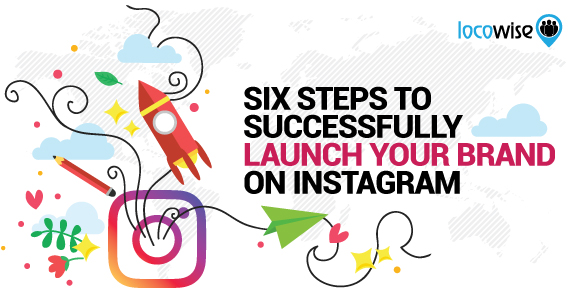
Like all things social, producing engaging content relies upon brands being able to understand their audience perfectly. By knowing what kind of stuff your audience wants, you can create it, and therefore score higher engagement levels. It works only if you know the people you are aspiring to reach. If you’re just posting stuff because it’s cool, you might be losing out.
Now you see me…
Not as relevant to brands, unless you have a super hot and quick promotion, users can now draw on photos and videos that disappear after the recipients have seen them. This is a direct attempt to emulate the mechanics of ‘pure’ Snapchat. The Snapchat phenomenon arrived on the back of vanishing image and video.
Why did Instagram do this? Well, it obviously recognised the value of having a fun and quick medium, one that a younger audience would respond to. And there’s the rub. If an audience likes this kind of thing, then a brand must supply it. If you’re already au fait with the Snapchat way of doing things, this mechanic should be easy to use and to include in your marketing

Comment, go away
Another recent change in the world of Instagram is the ability to turn off comments. This is a slightly controversial measure (in a way) because it basically gives everyone power to censor. It works a treat for movie stars and celebrities who want to silence the critics, but does it have any kind of value fo the modern brand?
Basically, unless it is getting ridiculous and customers are generally on a witch hunt, no brand benefits from turning off comments, ever. Think about it, if a brand decides that it simply does not want to communicate and interact with its customers, what message is that sending out?
While we’re on the topic of comments
The biggest change we saw happening in Instagram concerned comments and the content of comments themselves. This was a really deep move, and one that is still being debated today.
Basically, Instagram now allows accounts to filter out any offensive words for comment. This literally means that a brand can choose which words it does not want to appear in its comments stream.
The best thing about the new feature (or the worst, depending on how you look at it) is that a brand can choose the words it wants to ban from the comments feed. This means that a brand can effectively prevent any kind of criticism or comment if it wishes. Of course, at the same time, a brand can disable comments.
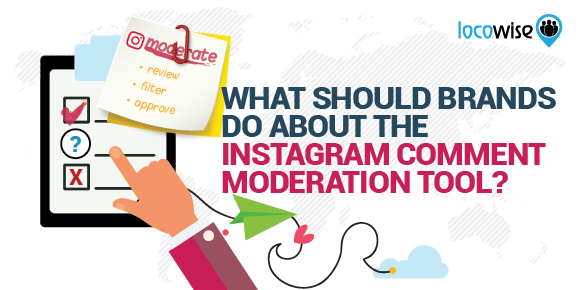
This development was a big one because it allowed brands and other users the opportunity to create their own little word setup on Instagram. By being able to choose the words that you will entertain and respond to, you can make your own platform, with no criticism or any real engagement.
But what brand would seriously want that?
Honorable mention: Boomerang
The best social media platforms keep trying to get one up on each other, and we reckon Instagram made a big splash this year with the cool Boomerang feature.
Over the last couple of years, brands have finally realised the power of video. Boomerang takes this a step further, and allows you to shoot short videos on Instagram, and then reverse them, slow them, then speed them up, and so on.
We think this has particular benefit to brands who want to take things a little further with their video and shoot for more engagement. In a world where disruptive is becoming the norm, a nice video that messes with audience perceptions is a real winner.
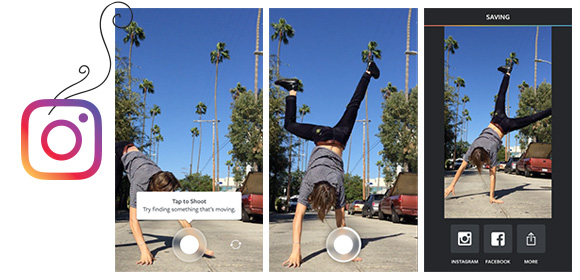
Fancy your own gorgeous set of metrics on a beautiful platform? Try Locowise free for 14 days. No fuss, just the best data on your social media.



